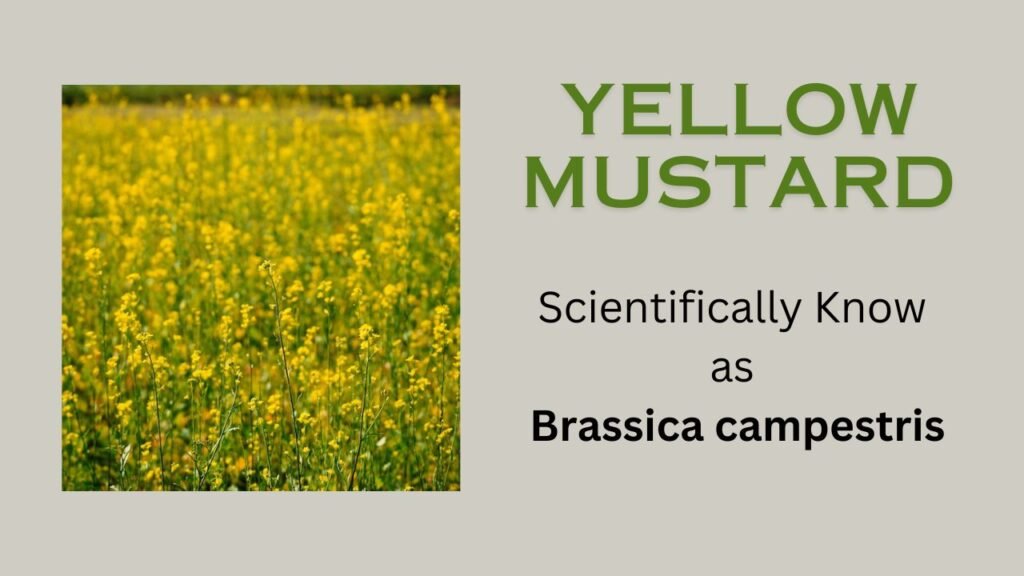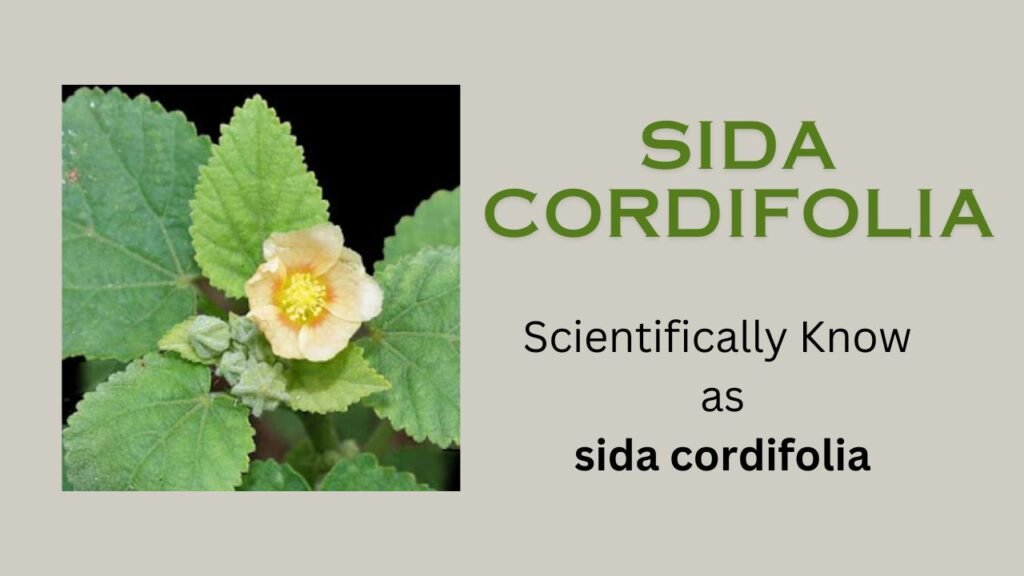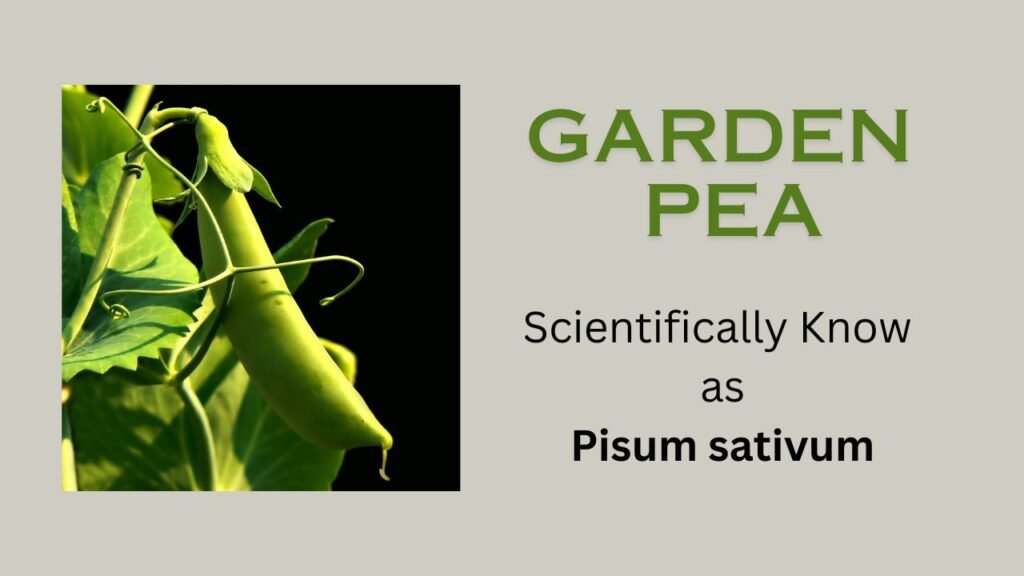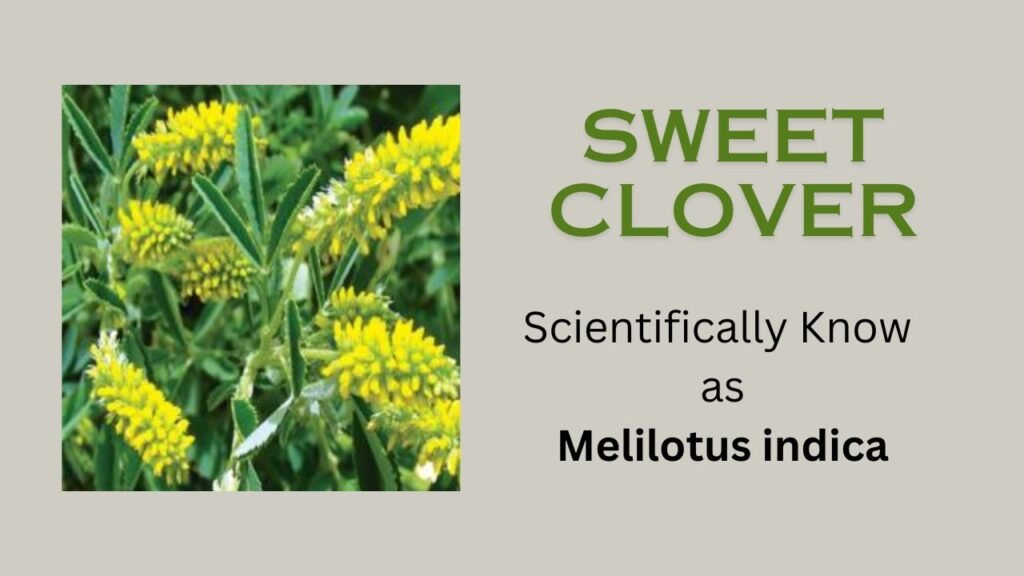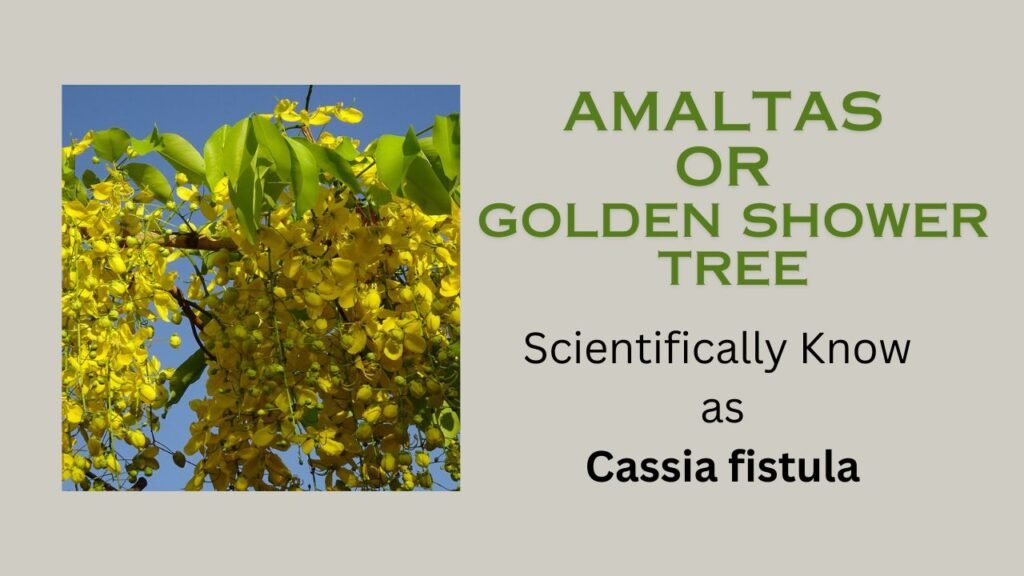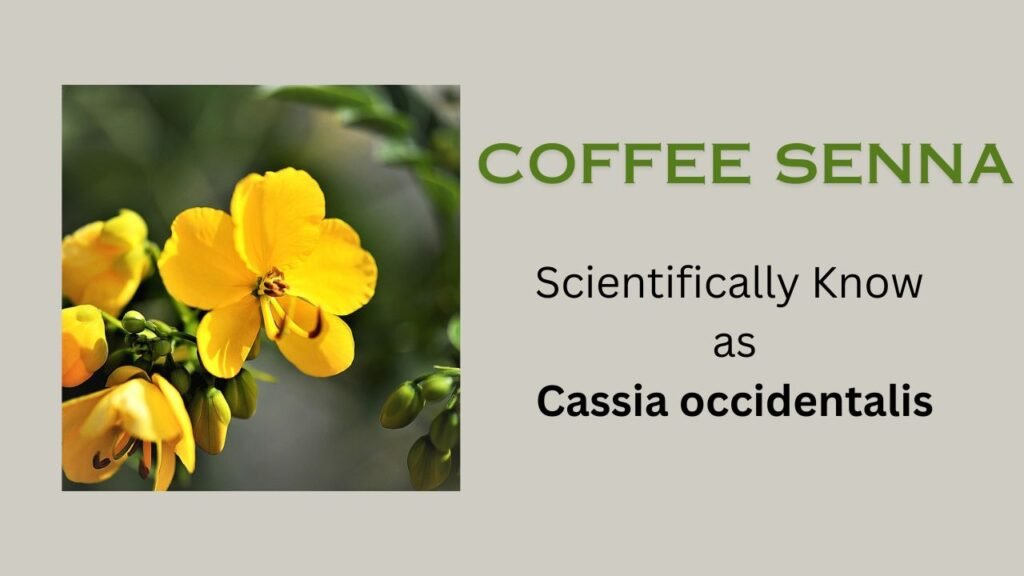Kenaf (Hibiscus cannabinus) is called Kenaf or Deccan Bhang in Hindi. This plant is tall and green in appearance, and its leaves are dark green, claw-like. Kenaf has bright yellow or pink flowers, which look beautiful. Strong fiber is obtained from its stem, which is used to make rope, paper, and sacks. The kenaf plant grows well even with very little care, so farmers grow it in different areas. It is also beneficial for the environment.
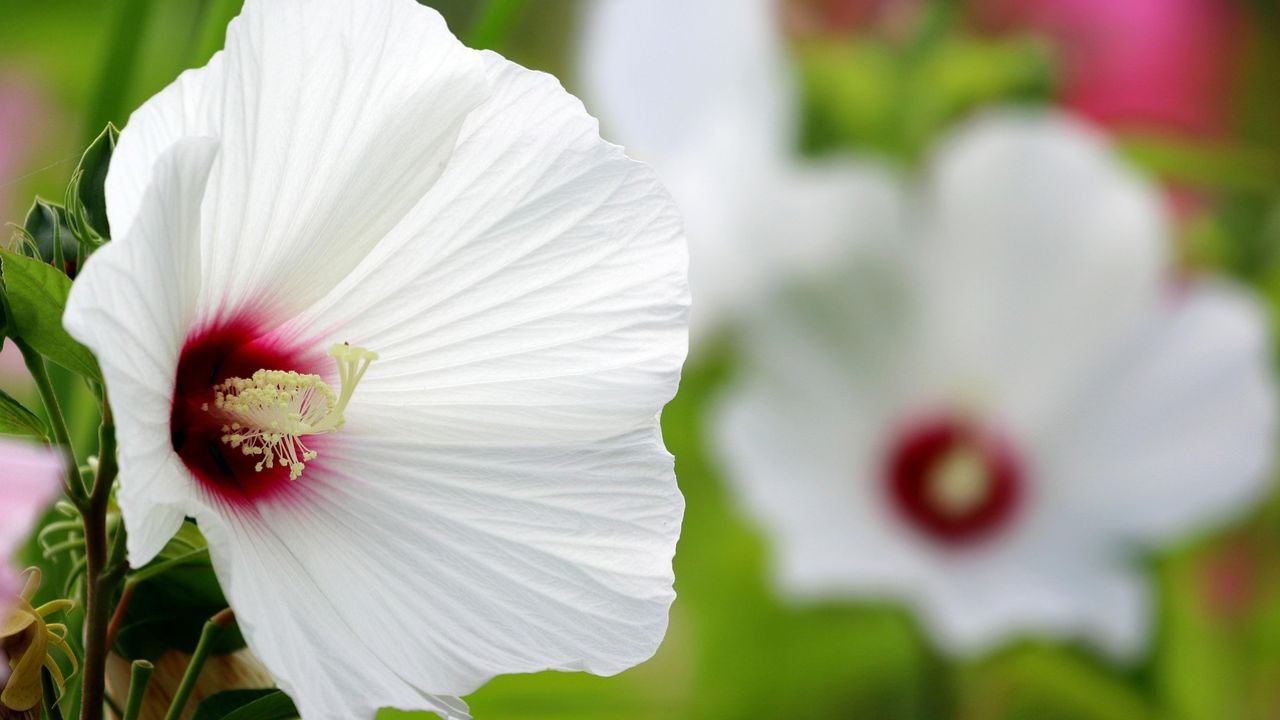
Scientific Name: Hibiscus cannabinus
Some Basic Information about Kenaf (Hibiscus cannabinus)
Habit: Annual or biennial tall herb, grows up to 1.5–4 m.
Root: Tap root system.
Stem: Erect, cylindrical, woody at base, can be branched/unbranched, prickly or smooth.
Leaf: Alternate, stipulate, deeply lobed at base (3–7 lobes), less or unlobed at top, serrated margin
Inflorescence: Solitary, axillary flowers with epicalyx (7–8 bracteoles)
Flower: Complete, bisexual, actinomorphic, hypogynous, large (8–15 cm), pale yellow or white with a deep/hard purple center
Calyx: Sepals 5, united (gamosepalous), valvate aestivation, with epicalyx outside
Corolla: Petals 5, free (polypetalous), large, spreading
Androecium: Numerous stamens, monadelphous (united as a tube around the style), anthers dithecous, introrse
Gynoecium: Ovary superior, syncarpous (5-carpelled), unilocular at base, 5 locules at top, marginal placentation, style passes through the staminal tube, stigma 5-branched
Fruit: Capsule, 5-loculed, containing many seeds
Floral Formula: Br ⊕ ⚥ K(5) C5 A∞ G(5)
Systematic Position:
Division: Angiospermae
Class: Dicotyledonae
Order: Malvales
Family: Malvaceae
Genus: Hibiscus
Species: cannabinus

